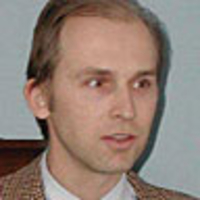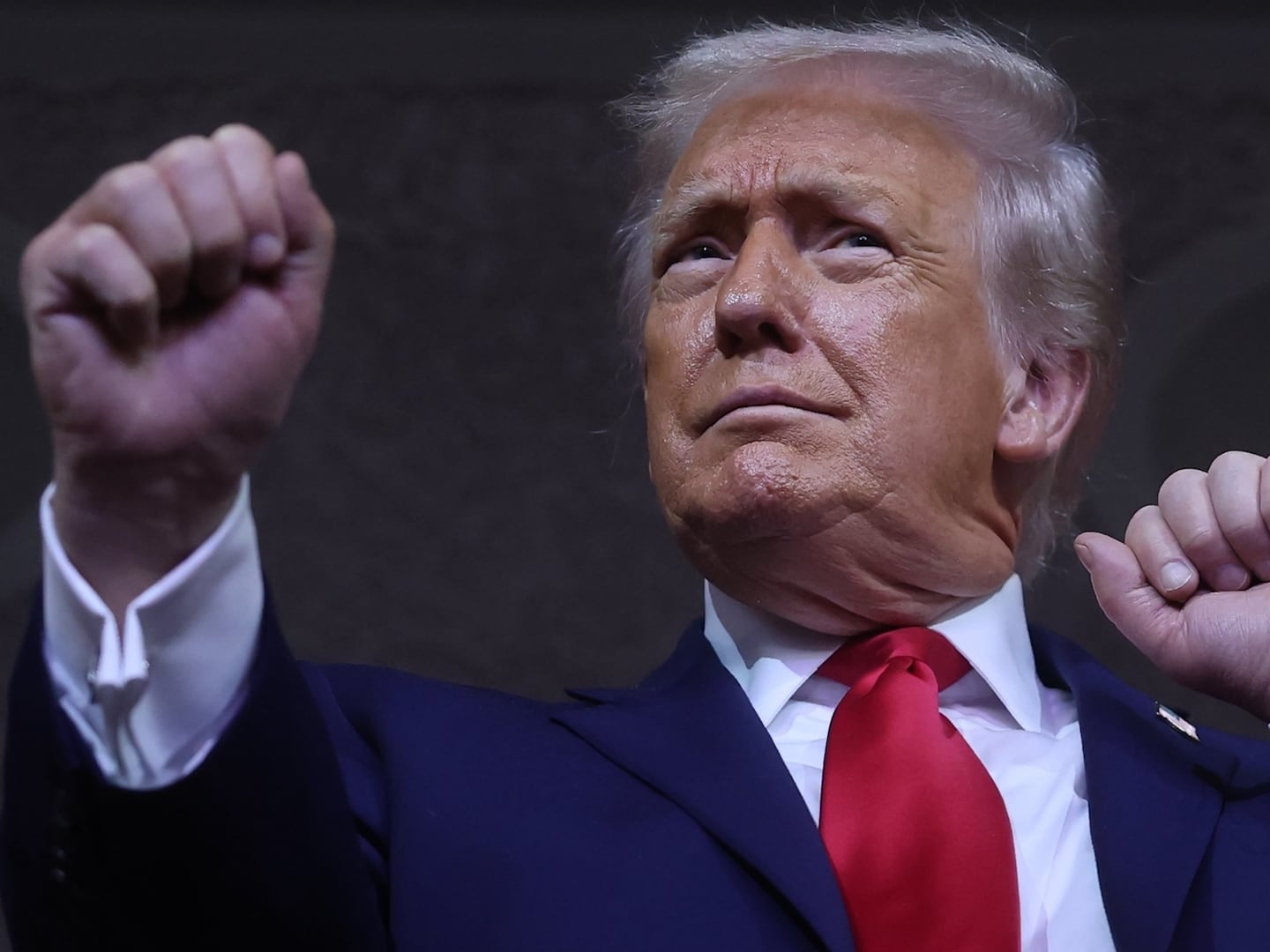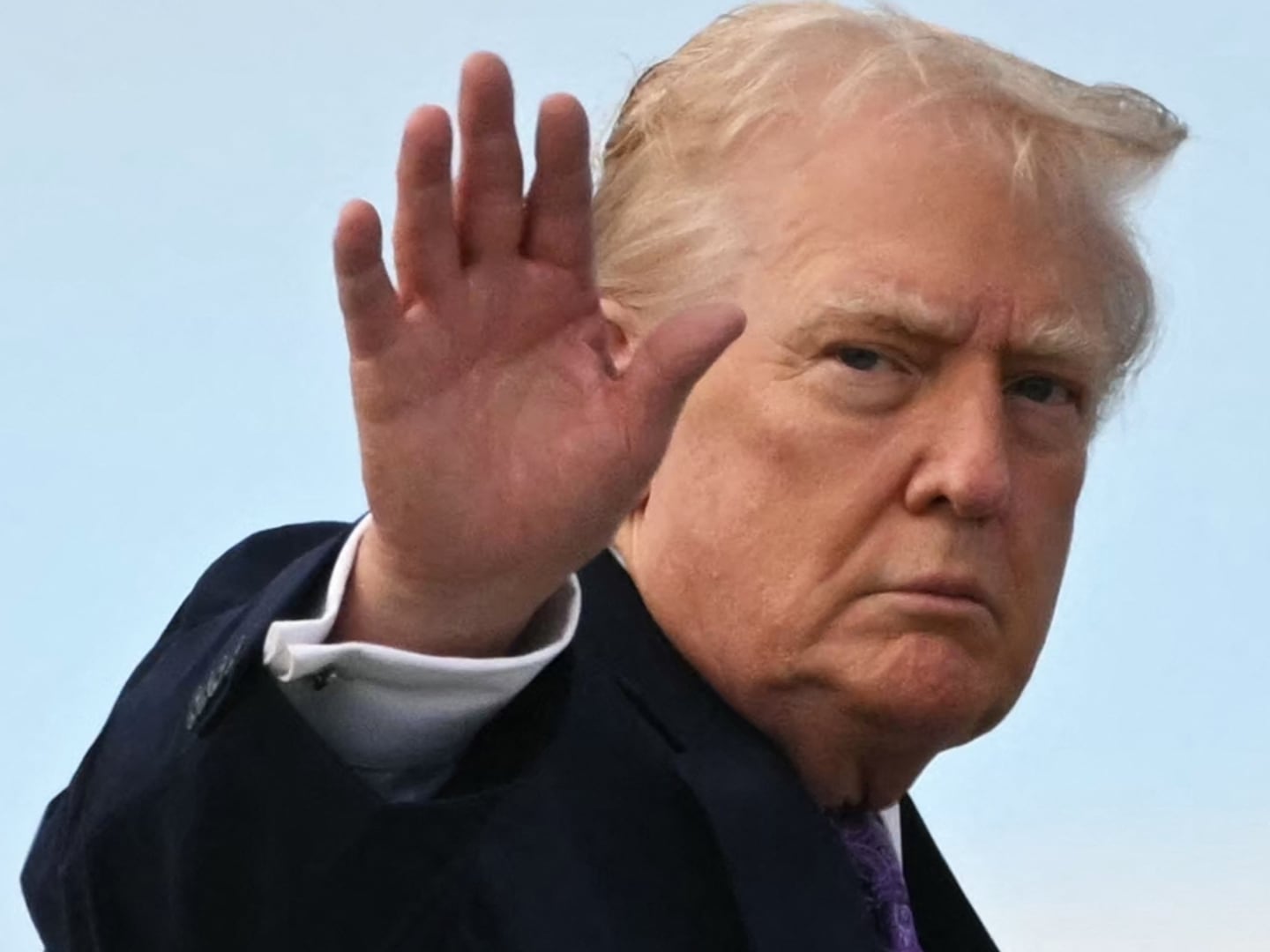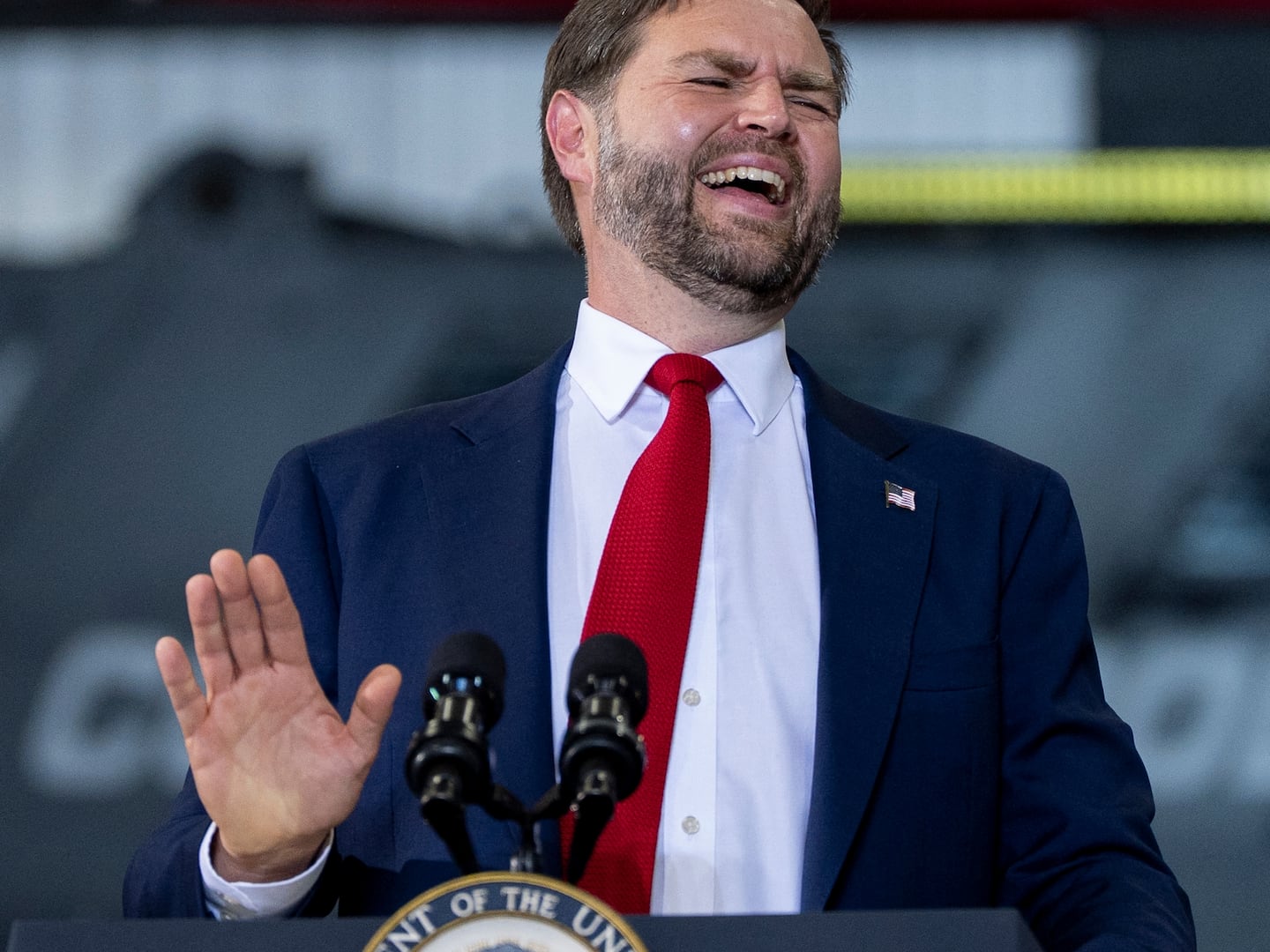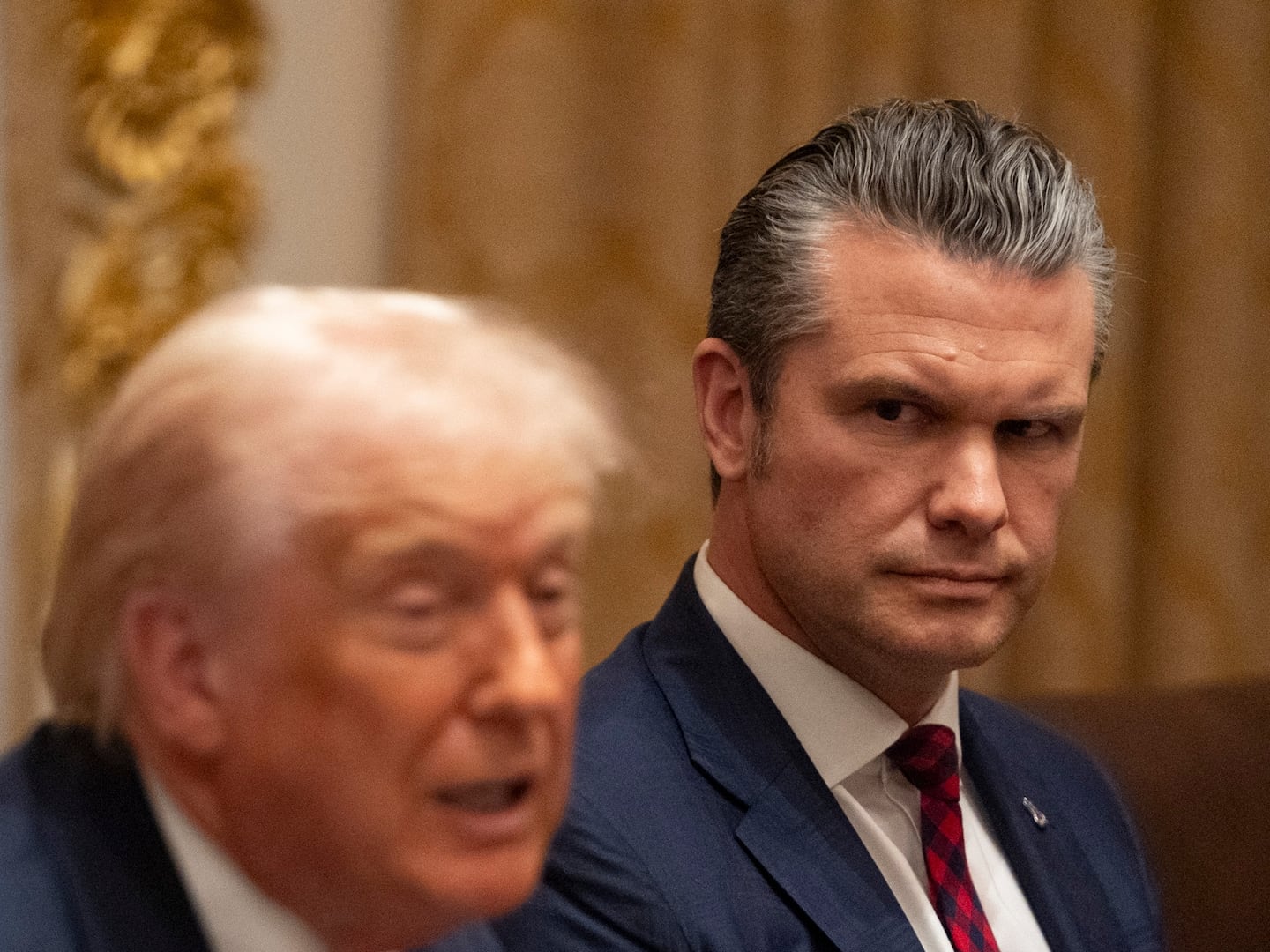The 50th anniversary of John F. Kennedy’s presidency winds down this fall, and it is refreshing to have these two books, each a celebration of genuine life and thought, as we enter an echo chamber that is unlikely to promote either in the weeks leading up to November 22.

Schlesinger’s letters complete a download that has been coming steadily since his death in 2007. Indeed, after going to his reward, he has been publishing at a prodigious pace. First came the Journal, in a hefty volume in 2007. Then, in 2011, the lengthy interviews he conducted in 1964 with Jacqueline Kennedy. Now, the letters, lovingly culled by his two sons, Andrew and Stephen, which offer more grist for a mill that was not exactly grist-deficient.
In a postscript, the editors recount the process of sifting through this pile of paper—134 boxes, with about 200 letters in each—and estimate that their father wrote 35,000 letters! Evidently, he never sent one without making a copy—ergo, this book. This paper trail seems almost incomprehensible in the Age of Twitter—letters, written on paper, composed of full sentences and paragraphs, making complex arguments, rooted in history and facts. Reading it during the government shutdown, it felt like an ancient cuneiform, testifying to the strengths and weaknesses of the civilization that preceded our own time. Ours feels smaller—tweetier—in comparison.
I had that feeling even when Arthur was alive (I was one of his 35,000 correspondents). Now and then, a postcard would arrive with a curt message, typed on a manual typewriter. Who types a postcard? It felt like a summons from Olympus. Typed on an Olympia.
To reenter the world of his correspondence is like a form of time travel, giving the reader access to the same vertiginous ride he was on, following the presidency and the course of American liberalism from its high-water mark under FDR, through its many peaks and valleys since then.

The first letter dates from 1945, the year of FDR’s apotheosis, and the publication of Schlesinger’s Age of Jackson. That great work was as much about FDR as Jackson, and its appearance as a great chieftain left the stage helped establish Schlesinger as something above the ranks of a normal historian. He was a sage and a soothsayer, a mystic who communed with the spirits of former presidents and helped divine the path forward for current and would-be occupants of the White House.
There is a festive tone throughout, and the first letter, written from a Paris that is about to be liberated, reveals Schlesinger at the center of a party, and loving it (“What a two days! It is just as well that world wars are so few. I don’t know how many peace celebrations I could stand per generation, especially in Paris.”) Throughout the late 40s and 50s we see him building his networks, joining Adlai Stevenson’s eggheads, and slowly falling in love with the upstart Senator from Massachusetts, John F. Kennedy. They had known each other slightly at Harvard, and the letters reveal Kennedy dexterously working on Schlesinger in the most artful way, asking leading questions about obscure 19th century Senators (his weak spot), and slowly recruiting an actual Arthur into the magical kingdom that would become Camelot. Schlesinger had a bit of explaining to do as 1960 approached, and Stevenson and Kennedy jostled on the way to the nomination they both sought (Arthur’s wife Marian remained an Adlai supporter). But he sorted that out, and for the rest of his long life, basked in the afterglow of the Kennedy White House. Indeed, he was probably much more valuable as a former aide than he was when Kennedy was actually president. His 1965 book, A Thousand Days, retains its vigor, and has never been excelled as a study of those years. He defended Kennedy’s positions long deep into the 60s and 70s, and was especially helpful clarifying his positions on Vietnam, when others were falsely invoking him to justify escalation of the war. These letters also reveal him to be a keeper of the liberal flame in other ways, urging candidates not to wobble on the legacy of the New Deal, and to stand by core principles, even during the long amnesia brought on by Reaganism and its aftermath.
To his credit, he seemed to enjoy the years out of power as much as his thousand days. As gate-keeper, he was always available to disburse advice to new aspirants, and the correspondence includes nearly everyone from our political pantheon, including a Republican or two—George H.W. Bush is in there, and even John Boehner makes a cameo (Schlesinger goes ballistic when Boehner misquotes Lincoln— “Seriously, Congressman, do you really think those quotations sound like Abraham Lincoln? Come on!”).
To be sure, there were fights, and some of the most entertaining letters relive the arguments—with William F. Buckley, and Lillian Hellman, to name a few. He took it from all sides; from a left that regarded the courtier with distrust, and disliked his anti-communism; and from a right that found him too left-wing, too Harvard, too much. The biggest argument of all, Vietnam, caused some of Schlesinger’s friendships to fall apart. As these letters reveal, those were agonizing days for liberals. Schlesinger was right on the fault line, more establishment than the young protesters, but outraged over the venality of a war that had no achievable purpose. Schlesinger, with his sharp ear for language, hated the mealy-mouthed arguments he was hearing from centrist Democrats like Hubert Humphrey, who sprang from the same liberal tradition he did. (Humphrey misidentified him as “Art,” rather than Arthur—one wonders if intentionally). The letters convey the full intensity of an argument that came to a full boil around 1968, and has never stopped simmering.
Throughout, we see Schlesinger navigating the blurry lines of historian, participant, observer, and observee. Obviously, he loved the limelight. A typical letter, to a young schoolgirl in Pennsylvania, begins “I am glad, but a little appalled, to know that I have been chosen as your topic for a term paper.” He relished the chance to pour out his thoughts, to friends far and near (an amusing note from 1957 reveals that he and Lyndon Johnson enjoyed meeting each other, but each felt that the other person talked too much). The full weirdness of the 1960s is on display here, with letters to celebrities like Sammy Davis Jr. following closely upon sober policy messages to high-ranking members of the LBJ administration.
It would have been interesting to read a few more letters from his inbox, the emphasis is decidedly on the ones he wrote to others, but some of the ones he received are gems. In one, Adlai Stevenson explains, like a displaced Mafia don, why he feels angry at JFK, whose career he helped to advance. In another, Henry Kissinger defends his wounded pride, after a well-aimed hit from Arthur (Kissinger had defended his honor in a 1974 press conference, and Schlesinger quoted Emerson, “the louder he talked of his honor, the faster we counted our spoons.”) The conversation could get loud, and large issues were at stake. But the fact that a conversation was actually happening, and that friends and rivals like Schlesinger, Kissinger, and Moynihan could write each other so volubly was good for the republic. There are a lot of good-natured insults—many from William F. Buckley, Jr.—and those little bee-stings read nostalgically, from a time when the Right and Left didn’t agree, but at least tolerated each other’s existence. During October’s government shut-down, the bankruptcy of public conversation was very much in evidence.

Robert Dallek’s profile of the Kennedy White House offers a very different perspective on the presidency, and the particular president Schlesinger served. Schlesinger figures in the book, but in this telling, he is only one of many courtiers circling around the vital center of American power.
Dallek is deeply knowledgeable about Kennedy, and his 2003 biography, JFK: An Unfinished Life, broke new ground for its revelations of medical information relating to the 35th president. An Unfinished Life was apparently an apt title, for Dallek now returns to the subject, as so many biographers do, conscious that the public will never lose its fascination for John F. Kennedy. With this volume, he pulls the camera back a bit from the star, to pan across the full range of supporting actors giving daily life to the New Frontier. It’s a smart idea for a book. Through this tour d’horizon, we meet all of the major aides, and a few (not too many) of the minor ones. I was mildly disappointed that there was not more emphasis on two aides in particular, Kenny O’Donnell and Larry O’Brien—charter members of the “Irish Mafia” who gave President Kennedy unstinting loyalty and hardened political advice. They were under-represented when the wordsmiths (Schlesinger and Sorensen) wrote their books in the 1960s, but they were integral to the story, and to the work of governance that underlay the glamour. Dallek brings out in vivid detail the debates over Vietnam and Cuba that dominated so much of the Kennedy presidency. He pays less attention to domestic difficulties, like the civil rights struggle, or the efforts to fight poverty and pollution that were gaining traction near the end. Overall, this is a highly capable synthesis of the work done within the Kennedy White House, and the complex range of personalities at the heart of it all.
Near the end of his letters, Arthur Schlesinger quotes Benjamin Franklin, near his own demise, who said that he had never troubled himself worrying about the divinity of Christ, because he expected to know the truth soon, “with less trouble.” Perhaps the two skeptics are together now, lamenting our failure to live up to the founders (a lament that goes back nearly to the founders themselves). In any event, the publication of these two books continues an important conversation with the past, all the more urgent at a time when no one in power seems to be talking to anyone else. As long as Congresses and Presidents exasperate each other, Schlesinger will have an audience, and an afterlife.
